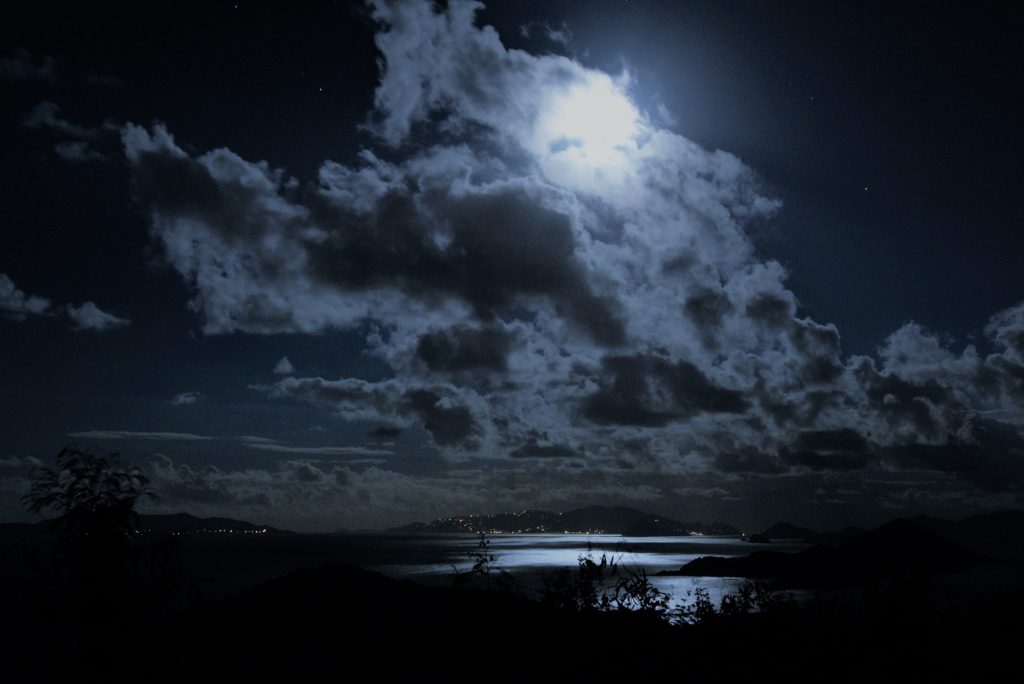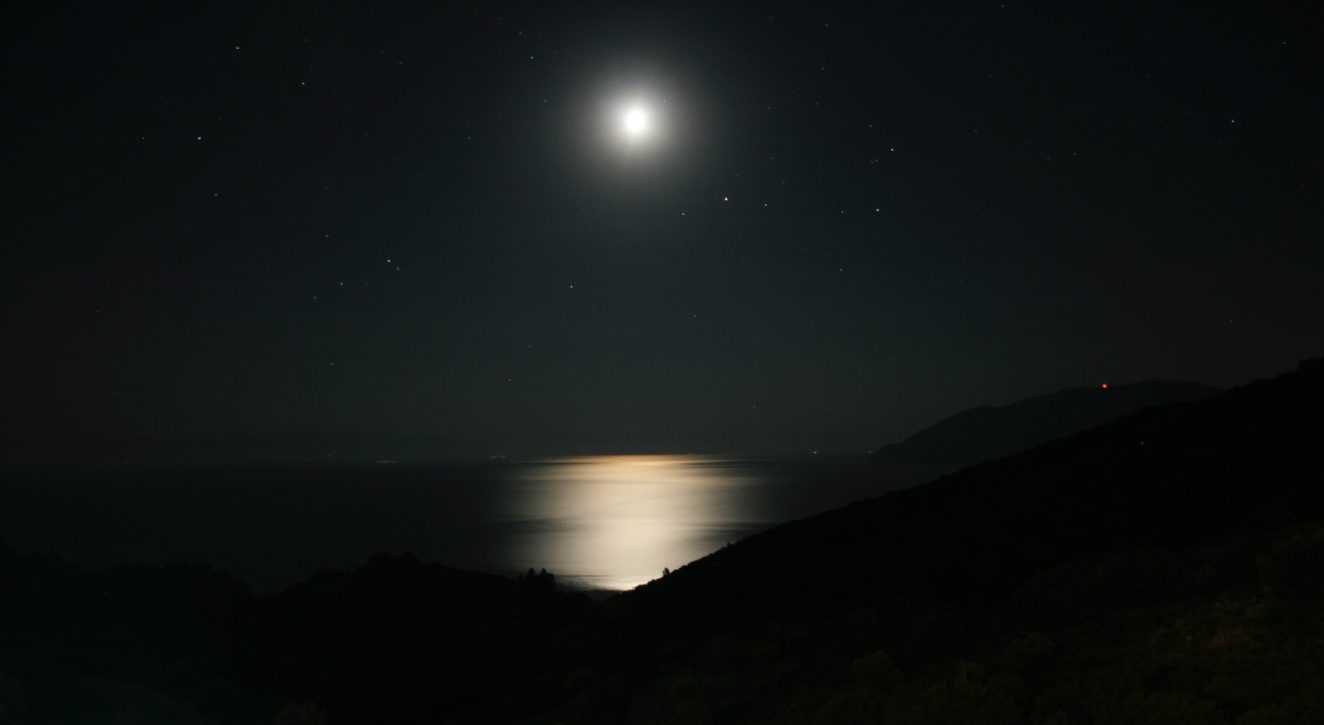The connection between the moon and the ocean has fascinated humanity for centuries, inspiring myths, poetry, and scientific inquiry. The ebb and flow of the tides, a rhythmic pulse of the oceans, are intimately tied to the gravitational dance between Earth and its lunar companion.
In this blog post, we will delve into the captivating world of ocean tides, exploring the intricate relationship between the moon and these ever-moving waters. Get ready to embark on a celestial journey that will unveil the gravitational forces at play in our oceans.

Understanding the Tides
Tides are the periodic rise and fall of ocean waters, and they occur all over the world. The fundamental principle behind tides is the gravitational attraction between Earth and the moon. This gravitational force creates two tidal bulges on Earth—one facing the moon and another on the opposite side. These bulges are responsible for the high tides experienced in coastal regions.
The Role of the Moon
The moon’s gravity plays a central role in the formation of tides. Its pull on Earth is stronger on the side facing the moon, creating the first tidal bulge. This bulge results in a high tide. Simultaneously, on the opposite side of the Earth, a high tide occurs due to the centrifugal force caused by the Earth-moon system’s rotation. These two high tides are known as “high water” points.
The Gravitational Connection
The moon’s gravitational pull is responsible for the rise in water levels during high tide. As the moon orbits Earth, its gravitational force continuously changes, leading to the rhythmic rise and fall of tides. When the moon is directly overhead or on the opposite side of the Earth, the gravitational pull is strongest, resulting in the highest high tides, known as “spring tides.”

The Sun’s Influence
While the moon has a significant impact on tides, the sun also contributes to tidal patterns. During full moons and new moons, when the sun, Earth, and moon are aligned, their gravitational forces combine to create even higher high tides, known as “king tides.” Conversely, when the sun and moon are at right angles to each other during the first and third quarters of the moon, they partially cancel each other out, resulting in lower high tides, called “neap tides.”
Real-World Observations
The relationship between the moon and tides is not just theoretical; it’s observable worldwide. Coastal regions experience predictable high and low tides, affecting marine life, navigation, and coastal ecosystems. For example, tidal currents play a crucial role in nutrient transport and sediment deposition in estuaries, impacting the health of these fragile ecosystems.
Scientific Sources
The science behind ocean tides and the moon’s role in this phenomenon is well-established and supported by numerous scientific sources. Leading scientific institutions such as NASA, NOAA (National Oceanic and Atmospheric Administration), and the European Space Agency (ESA) provide extensive research and data on this subject. These organizations offer valuable insights into the complex dynamics of tides and the moon’s gravitational influence on Earth’s oceans.

The interplay between the moon and ocean tides is a mesmerizing celestial choreography that continues to inspire wonder and scientific exploration. Understanding the science behind this phenomenon not only enriches our knowledge of Earth’s natural processes but also has practical implications for coastal communities, marine ecosystems, and navigation. As we gaze at the moon in the night sky, we can now appreciate its silent but profound influence on the dynamic rhythms of our planet’s vast and mysterious oceans.





